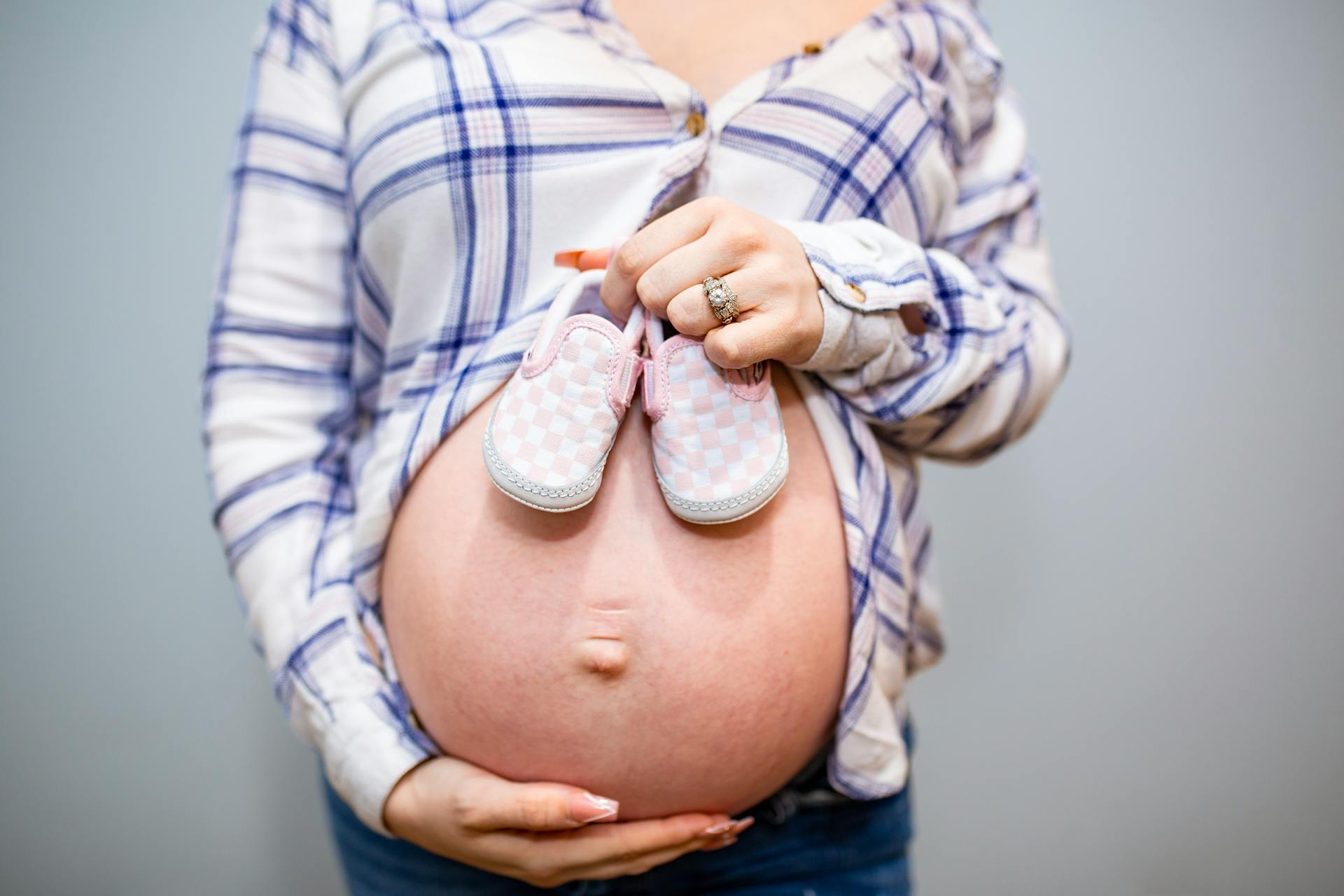Welcoming a new baby is a life-altering journey—and your state can make a big difference. Healthcare quality, delivery costs, family support, and parental leave policies vary widely across the U.S. In 2025, WalletHub released an eye-opening ranking that reveals dramatic differences between the top states for having a baby and those lagging behind. Let’s break down which states come out on top, which ones struggle, and why it matters for expecting families.
1. Why Location Matters So Much
Where you live impacts nearly every stage of pregnancy and early parenting. From hospital charges and infant health outcomes to childcare costs and leave policies, your state can significantly affect your experience. WalletHub considered over 30 factors to produce its rankings, including infant mortality, median family leave, and childcare expenses. These findings were further highlighted by platforms like Parents and The Bump.
More details on these rankings can be found in the WalletHub analysis of the best and worst states to have a baby.
2. The Top States to Have a Baby in 2025
Here’s a look at the states topping the charts:
- Massachusetts
- North Dakota
- Minnesota
- New Hampshire
- Maine
- Rhode Island
- Vermont
- Washington
- Iowa
- District of Columbia
These rankings are echoed by insights from The Bump and Motherly. In particular, Massachusetts shines thanks to its low infant/maternal mortality, leading neonatal centers, strong parental leave laws, and high toddler vaccination rates. For more on this, see Fox 9’s coverage of “Best States to Have a Baby”.
North Dakota and Minnesota stand out for their affordable childbirth, robust health infrastructure, and family-friendly communities, with North Dakota also offering notably low babysitting costs (as reported by The Bump and Birth Injury Lawyer).
Meanwhile, New England states—New Hampshire, Maine, Rhode Island, Vermont—offer stellar maternal health outcomes and plentiful OB-GYN access. Washington, Iowa, and D.C. also perform strongly in newborn care and community support systems.
3. The Bottom States for Baby-Friendliness
On the flip side, certain states face significant challenges:
- Mississippi
- Alabama
- Arkansas
- South Carolina
- Oklahoma
- New Mexico
- Georgia
- Nevada
These states tend to struggle with higher maternal and infant mortality, fewer OB-GYNs, higher delivery costs, and limited paid leave or support systems. For instance, Nevada grapples with healthcare shortages—especially in rural zones—while Mississippi consistently shows alarming maternal health metrics. Insights from Motherly and reports like those from The Commonwealth Fund shed light on these disparities.
4. What Shapes These Rankings?
Here are the biggest factors that influence how “baby-friendly” a state is:
- Health Outcomes – Lower infant/maternal mortality indicates safer environments.
- Cost of Care – From delivery charges to daycare, affordability matters.
- Medical Access – Availability of specialists, hospitals, and clinics is critical.
- Family Policies – States with parental leave and strong support services rank higher.
- Support Systems – Community resources, food access, and services like Medicaid expansion have a big impact. The Commonwealth Fund has detailed data showing how states with extended postpartum Medicaid coverage see improved maternal outcomes.
5. What This Means for You
- Expecting in a Top State? Enjoy better outcomes, smoother care systems, and more affordable services.
- In a Lower-Ranked State? Planning becomes essential—be proactive about healthcare access, cost-saving resources, and building a local support network.
6. Proactive Tips for All States
No matter where you live, you can support your journey with these actionable tips:
- Know your ranking and what it means. Start by exploring sources like WalletHub, Parents, or The Bump.
- Tap into local resources. Community clinics, parenting networks, and nonprofits can fill gaps.
- Be cost-conscious. Always check what your insurance covers, use in-network providers, and ask hospitals about payment plans.
- Advocate for better policies. Support expansions in paid leave, postpartum care, and Medicaid—all linked to healthier outcomes.
Conclusion
Choosing where to have a baby may not be within your power—but where your baby arrives matters. While top states offer peace of mind through superior healthcare and social support, all parents can navigate their circumstances with planning, advocacy, and resourcefulness. Love, support, and thoughtful preparation make the real difference.
FAQs
1. Does low maternal mortality guarantee an easy delivery?
Not necessarily—while important, outcomes also depend on cost, access, and personal circumstances.
2. Is relocation worth considering for childbirth?
Potentially—especially if you need more affordable resources or social support—but weigh consequences carefully.
3. Why do southern states often rank lower?
Many struggle with higher health risks and lower access to care, especially in isolated areas (Commonwealth Fund).
4. What role does Medicaid play?
States offering extended postpartum Medicaid coverage typically see reduced maternal risk (Commonwealth Fund).
5. Can local support offset statewide disadvantages?
Absolutely. Strong community networks and healthcare professionals can be a significant advantage wherever you live.
















